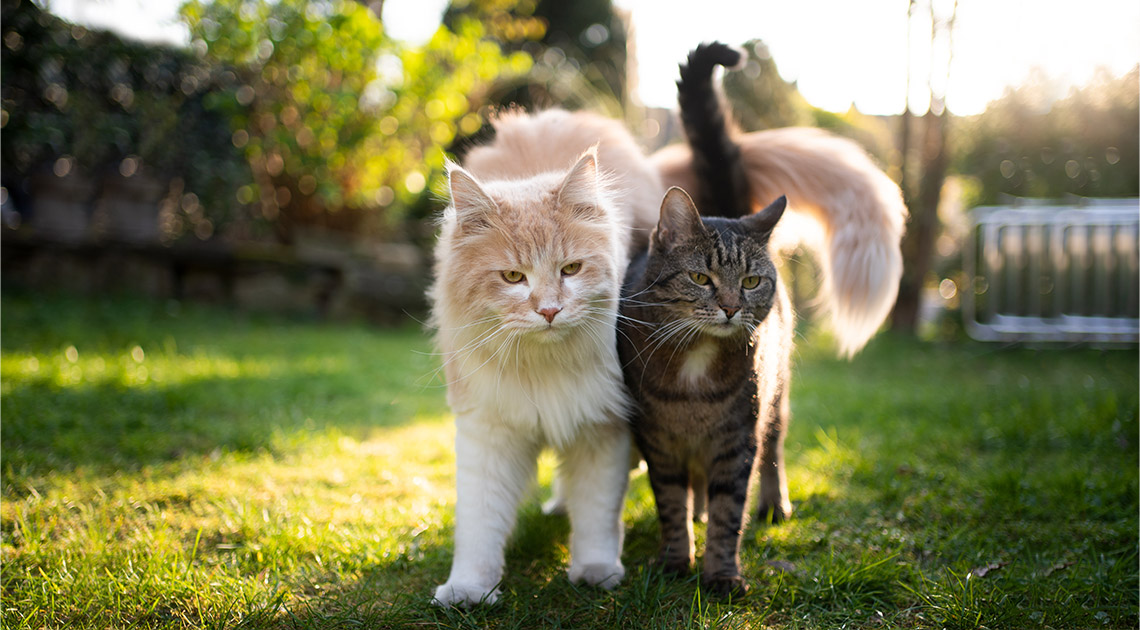The tail of the cat and its movements: how to decipher the important signals


Practical advice from the clinic
With the arrival of the mild season, the spectre of tick infestation recurs relentlessly for dog and cat owners. This happens even if...